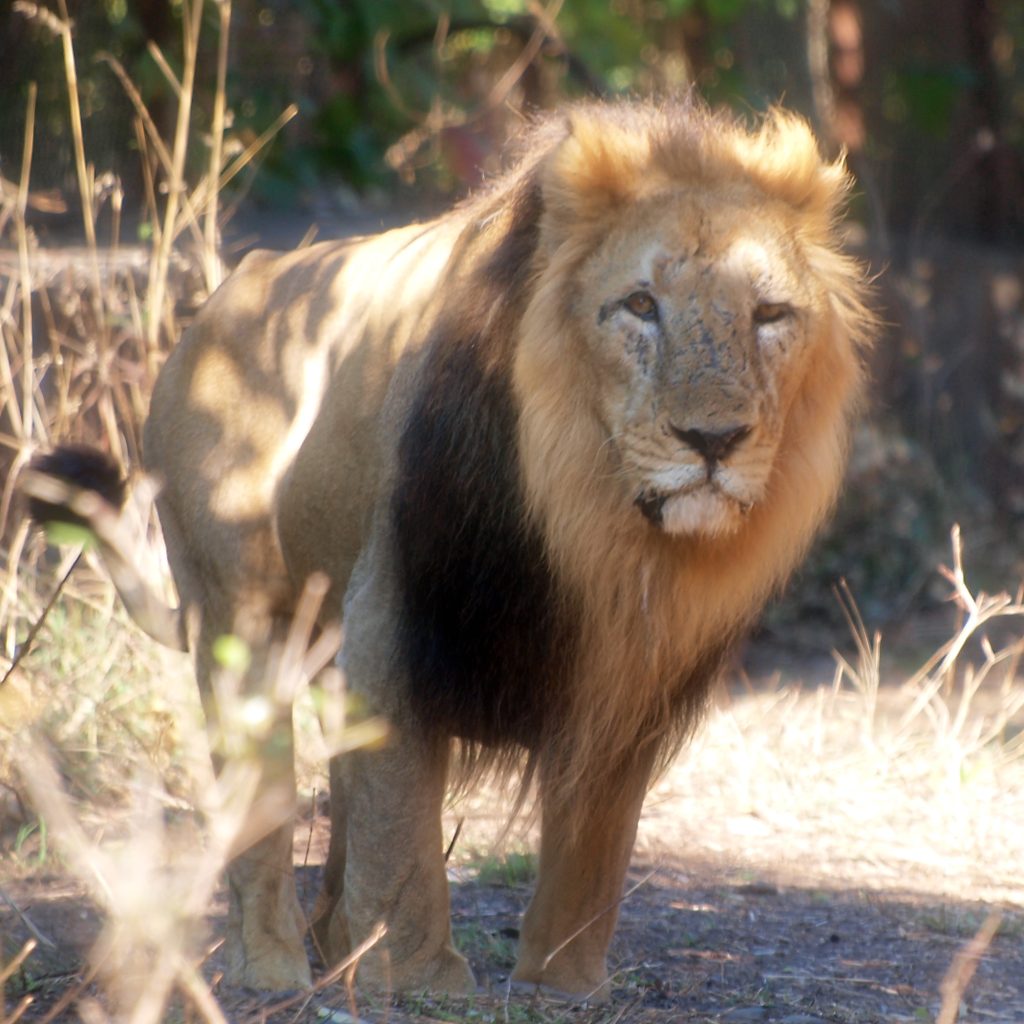It is a huge threat to a species if it is only found in one reserve. This I believe is common sense, and not hard to explain. If all the remaining members of a species live in one place, an unexpected event could wipe out the entire population.

Whether an epidemic hits the population, a vast flood or fire, it is obviously a bad situation.
Enter India and the last home of the Asiatic lion – the Gir forest. A significant time ago, scientists found and rehabilitated a second home for Indian Lions in the Kuno reserve.
Gujurat wont let them go! They believe that they now own all remaining wild Asiatic lions. This is despite the fact that this species was found throughout much of Asia, across north Africa (the barbary lion has been shown to be a subspecies of the Asiatic lion) and down the west side of Africa. Indeed, having realized this, we can add another 400 lions to the total surviving lions of India. There are a further 674 lions in Gir, in and around the park.
Now what needs to be understood, is that Gujarat has not set aside enough land for these animals. To the contrary, it is thought that at least half live outside the park. They have a particularly high mortality rate due to open wells that litter the area.
So what is the proposal? Well as with the proposed translocation to kuno, the idea will be to move small groups of these lions to these new reserves.
These include
Madhav National park – Madhya Pradesh
Sitamata Wildlife sanctuary-Rajasthan
Mukundra Hills Tiger reserve -Rajasthan
Gandhi Sagar wildlife Sanctuary-Madhya Pradesh
Kumbhalgarh wildlife Sanctuary- Rajasthan
Jessore_Balarm Ambaji WLS and adjoining landscape- Gujurat
This is certainly a good idea, however the Gujarat Forest Department has still not carried out the Supreme Court order of 2013 directing the State to relocate lions to Kuno-Palpur Wildlife Sanctuary.
India must enforce the supreme courts choice and save this species.











